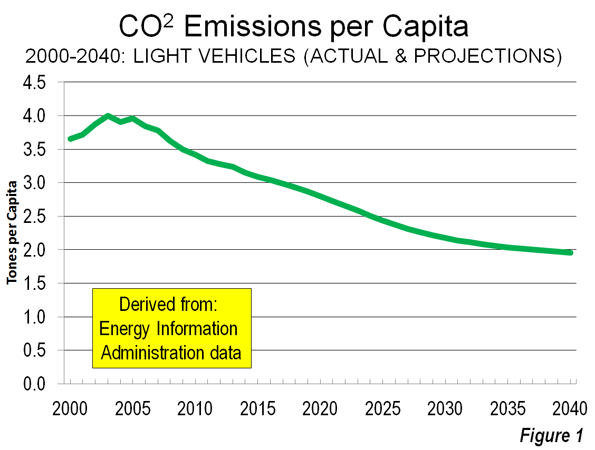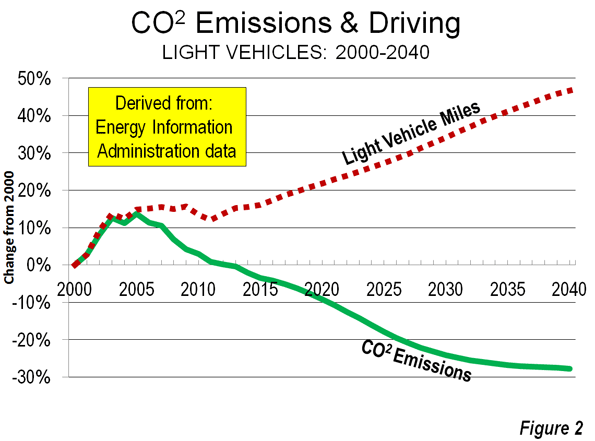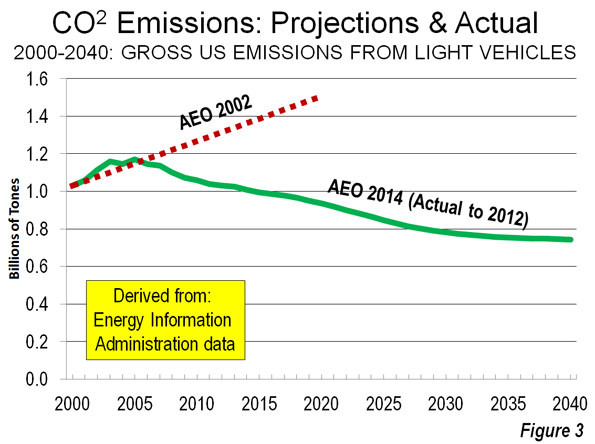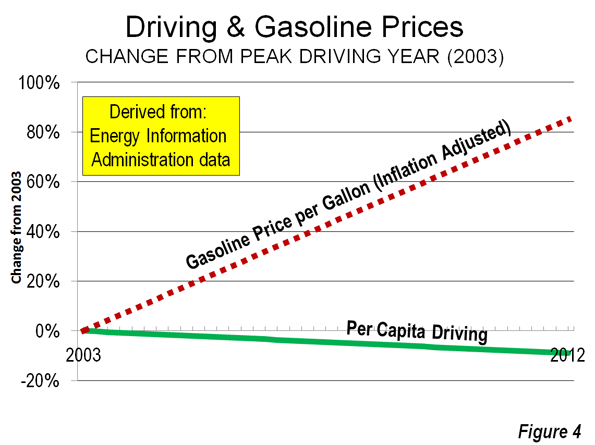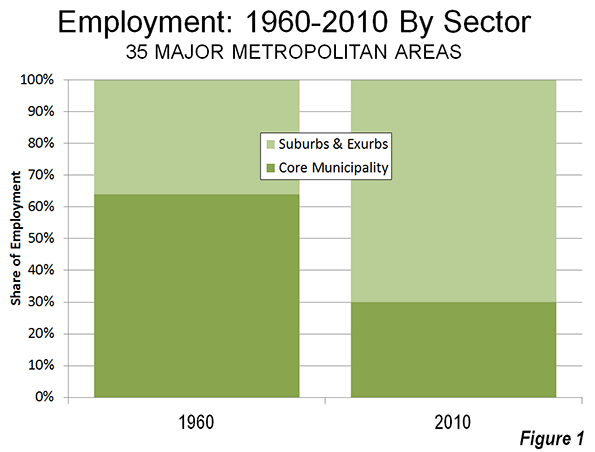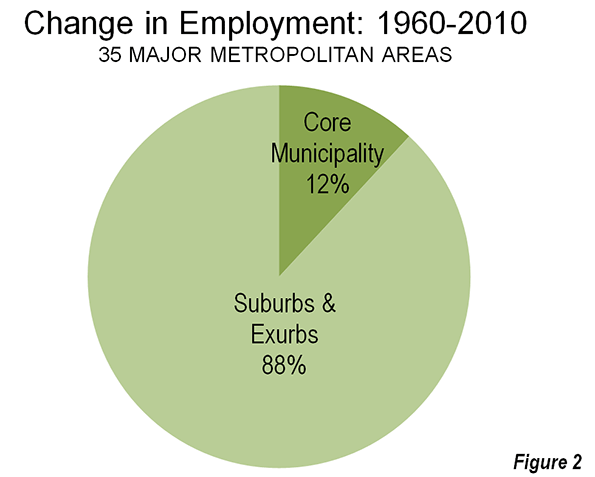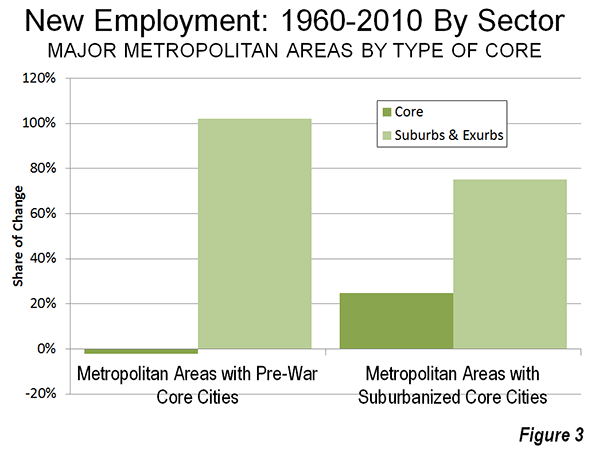Suburban Nation: U.S. 86 Percent Suburban
From Jurisdictional to Functional Analysis of Urban Cores & Suburbs
For decades there has been considerable analysis of urban core versus suburban trends. However, for the most part, analysts have been jurisdictional, comparing historical core municipalities to the expanse that constitutes the rest of the metropolitan area. Most core municipalities are themselves substantially suburban, which can mask (and exaggerate) the size of urban cores and understate the extent of suburbanization.
Our new City Sector Model evaluates the more than 8,900 zip codes in the 52 U.S. metropolitan areas that have more than 1,000,000 residents (“major metropolitan areas”) based on travel behavior and urban form. There are four categories, including (1) Pre-Auto Urban Core, (2) Auto Suburban: Earlier, (3) Auto Suburban: Later and (4) Auto Exurban. It is recognized that automobile oriented suburbanization was underway before World War II, but it was interrupted by the Great Depression during the 1930s and was small compared to the democratization of personal mobility and home ownership that has occurred since that time.
Canada: A Suburban Nation
The City Sector Model is broadly similar to the groundbreaking research published by David L. A. Gordon and Mark Janzen at Queen’s University in Kingston Ontario (Suburban Nation: Estimating the Size of Canada’s Suburban Population) on the metropolitan areas of Canada. Gordon and Janzen concluded that the metropolitan areas of Canada are largely suburban. Among the major metropolitan areas of Canada, the Auto Suburbs and Exurbs combined contain 76 percent of the population, somewhat less than the 86 percent in the United States.
All U.S. Major Metropolitan Area Growth Has Been Suburban and Exurban
Virtually all population growth in U.S. metropolitan areas (as currently defined) has been suburban or exurban since before World War II (the 1940 census). The historical core municipalities that have not annexed materially and were largely developed by 1940 have lost population. Approximately 110 percent of their metropolitan area growth has occurred in suburbs and exurbs. Further, among the other core municipalities, virtually all of the population growth that has occurred in annexed areas or greenfield areas since 1940.
Identifying the Pre-Auto Urban Core
Not being constrained by municipal boundaries is important because core municipalities vary substantially. For example, the core municipality represents less than 10 percent of the population of Atlanta, while the core municipality represents more than 60 percent of the population of San Antonio. The City Sector Model applies data available from the U.S. Census Bureau to estimate the population and distribution of Pre-Auto Urban Cores in a consistent manner.
At the same time, the functional analysis is materially different from the Office of Management and Budget (OMB) classification of “principal cities.” It also differs from the Brookings Institution “primary cities,” which is based on the OMB approach. The OMB based classifications classify municipalities using employment data, without regard to urban form, density or other variables that are associated with the urban core. These classifications are useful and acknowledge that the monocentric nature of US metropolitan areas has evolved to polycentricity. However, non-urban core principal cities and primary cities are themselves, with few exceptions, functionally suburban (some of the most significant examples are Mesa, Arizona in the Phoenix area, which had a population of only 7,000 in 1940 and Arlington, Texas, in the Dallas-Fort Worth area, which had a population of only 4,000. Their populations, now both 350,000 or more are virtually all automobile oriented suburban).
The City Sector Model Criteria
Because of the substantial interest of urban planners in minimizing the use of automobiles and restoring transit, walking and cycling as primary urban travel alternatives, it is important to identify the extent of automobile oriented suburbanization to the greatest extent possible. Better information is required, regardless of an analysts’ orientation. (As an aside, this author believes that the data shows planning efforts to lead to lower standards of living and greater poverty, which is discussed in Toward More Prosperous Cities).
A number of data combinations were tested for the Pre-Auto Urban Core, to replicate as closely as feasible the 2010 population of the core municipalities that have virtually the same boundaries as in 1940 and that were virtually fully developed by that time (the Pre-War & Non-Suburban classification in historical core municipalities). The following criteria were accepted (represented graphically).
-
The Auto Exurban category includes any area outside a principal urban area.
-
The Pre-Auto Urban Core category includes any non-exurban with a median house construction date of 1945 or before and also included areas with a population density of 7,500 per square mile (2,900) or more and with a transit, walk and cycling journey to work market share of 20 percent or more.
-
The Auto Suburban Earlier category included the balance of areas with a median house construction date of 1979 or before.
-
The Auto Suburban Later category later included the balance of areas with a median house construction date of 1980 or later.
Additional details on the criteria are in the Note.
Results: 2010 Census
The combined Pre-Auto Urban Core areas represented 14.4 percent of the population of the major metropolitan areas in 2010 (2013 geographical definition). This compares to the 26.4 percent that the core municipalities themselves represented of the metropolitan areas, indicating their large functionally suburban components.
The Auto Suburban: Earlier areas accounted for 42.0 percent of the population, while the Auto Suburban: Later areas had 26.8 percent of the population. The Auto Exurban areas had 16.8 percent of the population.
The substantial difference between U.S. and Canadian urbanization is illustrated by applying an approximation of the Gordon-Janzen criteria, which yielded an 8.4 percent Pre-Auto Urban Core population. The corresponding figure for the six major metropolitan areas of Canada was 24.0 percent. This difference is not surprising, since major Canadian urban areas have generally higher densities and much more robust transit, walking and cycling market shares. Yet, the Gordon-Janzen research shows Canada to be overwhelmingly suburban.
Population Density: As would be expected, the Pre-Auto Urban Core areas had the highest densities, at 11,000 per square mile (4,250 per square kilometer). The Auto Suburban: Earlier areas had a density of 2,500 per square mile (1,000 per square kilometer), while the Auto Suburban: Later had a population density of 1,300 per square mile (500 per square kilometer), while the Auto Exurban areas had a population density of 150 per square mile (60 per square kilometer).
Individual Metropolitan Areas (Cities)
The metropolitan areas with the highest proportion of Pre-Auto Urban Core population are New York (more than 50 percent), and Boston (nearly 35 percent), followed by Buffalo, Chicago, San Francisco-Oakland and Providence, all with more than 25 percent.
It may be surprising that many of the major metropolitan areas are shown with little or no Pre-Auto Urban Core population. For example, five metropolitan areas have no Pre-Auto Urban Core population, including Phoenix, Riverside-San Bernardino, Tampa-St. Petersburg, Orlando, Jacksonville and Birmingham. By the Census Bureau criteria of 1940, two of these areas were not yet metropolitan and only Birmingham (400,000) had more than 250,000 residents. Only the larger metropolitan had strong Pre-Auto Urban Cores. Many of the newer and fastest growing metropolitan areas were too small, too sparsely settled or insufficiently dense to have had strong urban cores before the great automobile suburbanization that followed World War II. Further, many of the Pre-Auto Urban Cores have experienced significant population loss and some of their neighborhoods have become more suburban (automobile oriented). Virtually no urban cores have been developed since World War II meeting the criteria.
Thus, no part of Phoenix, San Jose, Charlotte and a host of other newer metropolitan areas functionally resembles the Pre-Auto Urban Core areas of metropolitan areas like Chicago, Cincinnati or Milwaukee. However, new or expanded urban cores are possible, if built at high enough population density and with high enough transit, walking and cycling use.
Despite the comparatively small share of the modern metropolitan area represented by the Pre-Auto Urban Core in the City Core Model, the definition is broad and, if anything over-estimates the size of urban core city sectors. The population density of Pre-Auto Urban Core areas is below that of the historical core municipalities before the great auto oriented urbanization (11,000 compared to 12,100 in 1940) and well above their 2010 density (8,400), even when New York is excluded. The minimum density requirement of 7,500 per square mile (not applied to analysis zones with a median house construction data of 1945 or earlier) is slightly less than the density of Paris suburbs (7,800 per square mile or 3,000 per square kilometer) and only 20 percent more dense than the jurisdictional suburbs of Los Angeles (6,400 per square mile or 2,500 per square kilometer). Some urban containment plans require higher minimum densities, not only in urban cores but also in the suburbs.
The United States: An Even More Suburban Nation
In describing the Canadian results, Professor Gordon noted that there is a tendency to “overestimate the importance of the highly visible downtown cores and underestimate the vast growth happening in the suburban edges.” That is true to an even greater degree in the United States.
—–
Note: The City Sector Model is applied to the 52 major metropolitan areas in the United States (over 1 million population). The metropolitan areas are divided into the principal urban areas, with areas outside categorized as exurban. The principal urban areas in Los Angeles and San Francisco encompass the smaller Mission Viejo and Concord urban areas, which are adjacent. As a result, some smaller urban areas, such as Palm Springs (Riverside-San Bernardino metropolitan area), Lancaster (Los Angeles metropolitan area) and Poughkeepsie (New York metropolitan area) are considered exurban. Areas with less than 250 residents per square mile (100 per square kilometer) are also considered exurban, principally for classification of large areas on the urban fringe that have a substantial rural element.
The Pre-Auto Urban Core includes all non -– exurban areas in which is the house construction date is 1945 or before. In addition, the urban core includes areas that have a population density of 7,500 per square mile (2,900 per square kilometer) or more and a transit, walking and cycling journey to work market share of 20 percent or more, so long as they are in the urban area.
The analysis zones (zip codes) have an average population of 19,000, with from as many as 1,000 zones in New York to 50 in Raleigh.
—–
This article is adapted from From Jurisdictional to Functional Analysis of Urban Cores and Suburbs, originally published in newgeography.com. That article contains charts, tables and representative maps.
